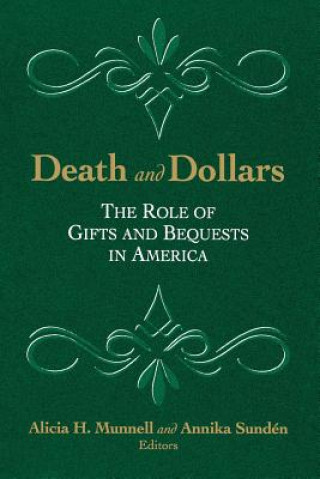
Kód: 04728118
Death and Dollars
Despite the recent downturn in the stock market, the 1990s boom and the shift to defined contribution plans mean that more individuals will have significant wealth upon retirement. How they use that wealth will determine not only ... celý popis
- Jazyk:
 Angličtina
Angličtina - Väzba: Brožovaná
- Počet strán: 432
Nakladateľ: Brookings Institution, 2003
- Viac informácií o knihe

Mohlo by sa vám tiež páčiť
-

From Aristotle to Augustine
65.10 € -

Danger-to-Self-or-Others Exception to Confidentiality
45.28 € -

Horse in the City
82.31 € -

Advanced Vocal Technique
23.54 € -2 % -

Audacious Ascetic
30.89 € -
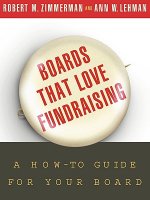
Boards That Love Fundraising - A How-to-Guide for Your Board
46.69 € -

Hitler Laughing
74.16 € -

Branded
19.61 € -13 % -

Dancing Cultures
46.38 € -

Modern Livestock & Poultry Production
160.81 € -

Henry I
65.10 € -

Kamisama Kiss, Vol. 10
9.95 € -23 % -

Soviet Space Dogs
26.86 € -23 % -

Lazarus Book 1
32.19 € -9 %
Darujte túto knihu ešte dnes
- Objednajte knihu a vyberte Zaslať ako darček.
- Obratom obdržíte darovací poukaz na knihu, ktorý môžete ihneď odovzdať obdarovanému.
- Knihu zašleme na adresu obdarovaného, o nič sa nestaráte.
Viac informácií o knihe Death and Dollars
Nákupom získate 114 bodov
 Anotácia knihy
Anotácia knihy
Despite the recent downturn in the stock market, the 1990s boom and the shift to defined contribution plans mean that more individuals will have significant wealth upon retirement. How they use that wealth will determine not only their own well-being, but also the living standards of their children, the resources available to philanthropies, and the level of investment capital in the economy. This volume explores the reasons why people save, how they decide to allocate their wealth once they retire, and how givers select their beneficiaries. It also assesses the extent to which the estate tax and annuitization of retirement wealth affects the amount and nature of wealth transfers. Finally, it looks at the impact of wealth transfers--first on the amount of aggregate saving and capital accumulation, and then on the distribution of wealth among households. Several conclusions emerge. First, gifts and bequests are important; they may account for about half of total wealth in America. Second, rich people make most of the wealth transfers. They are thoughtful about how much they pay in taxes and how they dispose of their wealth. They care about philanthropic causes and view their charitable contributions as more than a way to avoid paying estate taxes. Third, most nonrich people probably have some lexicographic preferences about the disposition of their wealth; they want to ensure they have adequate resources to take care of their own needs, and if money is left over, they would like it to go to their children. Fourth, little support has emerged for the pure altruistic model of bequests. Fifth, institutions matter. In the case of the rich, the estate tax probably reduces saving and increases bequests to charity. In the case of the nonrich, the shift to defined contribution plans will at a minimum mean that they have more wealth in their hands when they die, and therefore they will leave larger accidental bequests. It might also increase their interest in leaving an estate for their heirs. Saving and bequest behavior remains a fertile ground for future research. Major differences of opinion remain on such important issues as the effect of bequests on the distribution of wealth. The contributors to this volume provide a summary of existing knowledge, push the debate forward, and link topics in a unique and comprehensive way. At the same time, they make clear that many questions remain unresolved about the motives for and effects of wealth transfers.
 Parametre knihy
Parametre knihy
Zaradenie knihy Knihy po anglicky Health & personal development Self-help & personal development Retirement
45.28 €
- Celý názov: Death and Dollars
- Podnázov: The Role of Gifts and Bequests in America
- Jazyk:
 Angličtina
Angličtina - Väzba: Brožovaná
- Počet strán: 432
- EAN: 9780815758914
- ISBN: 081575891X
- ID: 04728118
- Nakladateľ: Brookings Institution
- Hmotnosť: 594 g
- Rozmery: 158 × 305 × 29 mm
- Dátum vydania: 24. March 2003
Obľúbené z iného súdka
-

If You Can
8.27 € -

How to Retire Happy, Wild, and Free
22.53 € -2 % -

Retirement The Psychology of Reinvention
18.41 € -13 % -

Artist's Way for Retirement
26.86 € -13 % -

Reboot Reinvent Rewire: Managing Retirement in the Twenty-First Century
12.37 € -

Peace of Mind Investing
34.11 € -

Peace of Mind Investing
20.82 € -

Talking About Retirement
19.51 € -5 % -

Choose Florida for Retirement
15.99 € -

Retirement Straight Talk
54.03 € -

Retirement Reality Check
20.92 € -

Mehr Rente und Rendite
38.73 € -
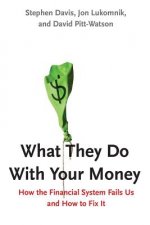
What They Do With Your Money
95.19 € -
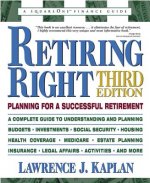
Retiring Right
22.43 € -

Aufblühen im Alter
23.14 € -

Baby Boomers and Retirement Planning- A Multifactor Approach
73.45 € -

Traveling Around the World with Mike and Barbara Bivona
24.75 € -

Poised for Retirement
18.71 € -2 % -

It's the Income, Stupid
25.35 € -5 % -

Retirement
239.91 € -

Spiritual Wisdom for Successful Retirement
37.12 € -

Spiritual Wisdom for Successful Retirement
61.98 € -

Get Up and Go
16.29 € -4 % -

TIPS
23.64 € -
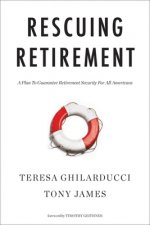
Rescuing Retirement
25.45 € -1 % -

Retirement Boom
17.80 € -2 % -

Purposeful Retirement Workbook & Planner
19.71 € -2 % -

The Experience of Retirement
173.39 € -

Objective Guide to Fixed and Indexed Annuities
23.09 € -
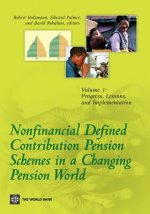
Nonfinancial Defined Contribution Pension Schemes in a Changing Pension World: Volume 1
54.47 € -

Create Your Retirement
29.78 € -
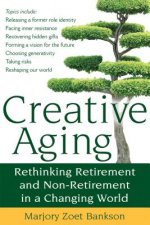
Creative Aging
17.30 € -

International Living Guide to Retiring Overseas on a Budget - How to Live Well on GBP25,000 a Year
25.75 € -

Redefining Retirement
29.78 € -

Lebensratschläge eines 110-Jährigen
26.96 € -

Fire Up Your Life in Retirement
15.89 € -1 % -

Retire Rich with Your Self-Directed IRA
22.03 € -13 % -

Retirement Decisions
62.18 € -12 % -

Role of Savings & Other Issues in Retirement Readiness
174.80 € -12 % -

Retirement Association at the University of Washington
83.92 € -

Retirement Manual
20.82 € -10 % -

Engineering Your Retirement - Retirement Planning for Technology Professionals
59.57 € -

Social Security Disability
239.91 € -

When We're 64
15.99 € -13 % -

Rockstar Retirement Programme
15.99 € -13 % -

Life in Full
18.91 € -5 % -

How Do I Get There from Here?: Planning for Retirement When the Old Rules No Longer Apply
17.80 € -1 % -

Essential Retirement Planning for Solo Agers
20.62 € -2 % -
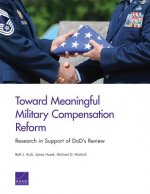
Toward Meaningful Military Compensation Reform
77.78 €
Osobný odber Bratislava a 2642 dalších
Copyright ©2008-24 najlacnejsie-knihy.sk Všetky práva vyhradenéSúkromieCookies



 21 miliónov titulov
21 miliónov titulov Vrátenie do mesiaca
Vrátenie do mesiaca 02/210 210 99 (8-15.30h)
02/210 210 99 (8-15.30h)